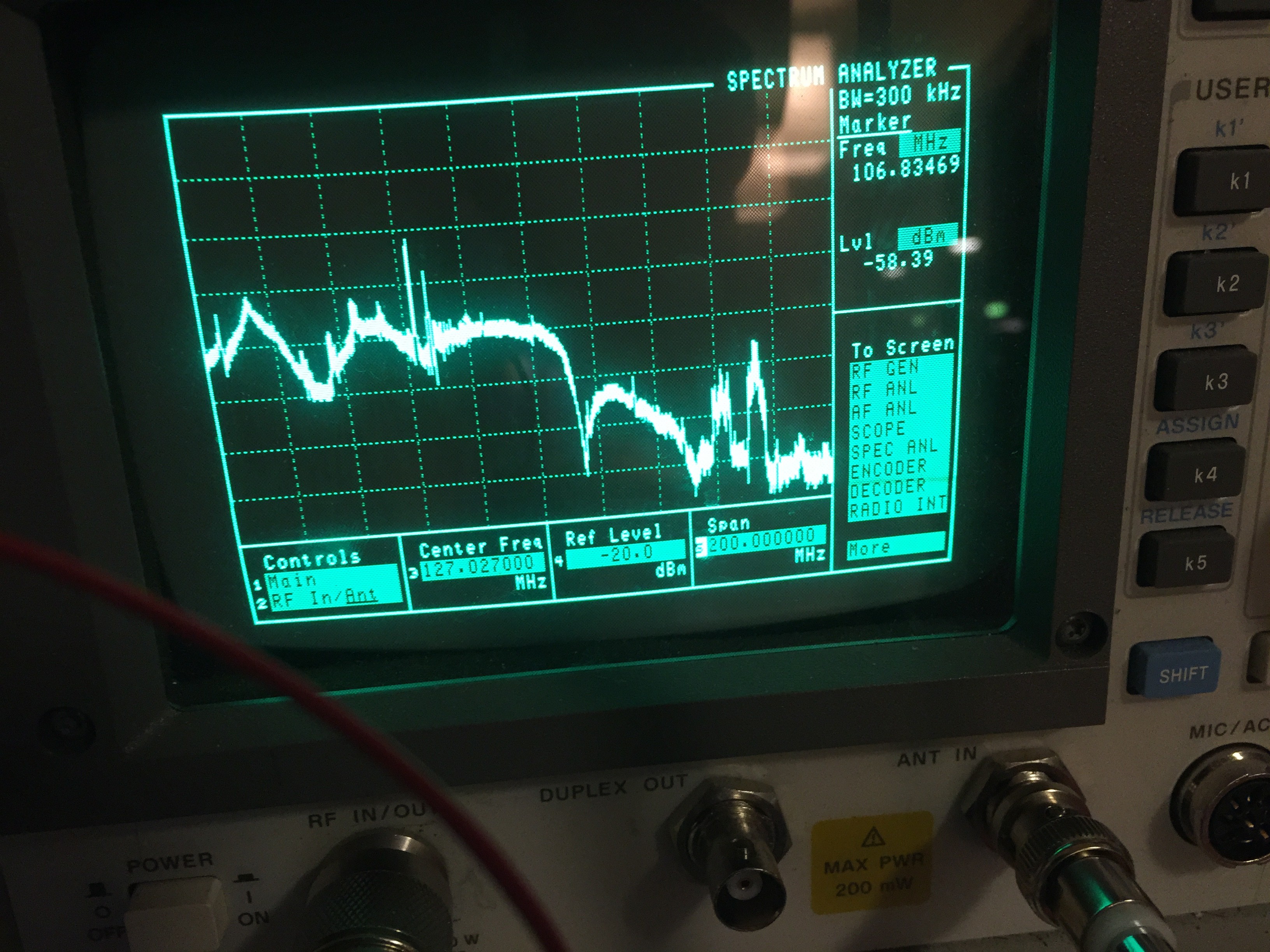The LowFER bands consist of several frequency ranges, but I will be focusing primarily on the United States 1750 meter "free band" between the frequencies of 160KHz and 190KHz. This band is covered by Part 15 and no license is required.
This band has some specific requirements, but they are easy to meet:
- Maximum input power into feedline and antenna system is 1 watt
- Maximum antenna length is 15 meters (approximately 50 feet)
- Upper harmonics must be 20dB down from fundamental carrier
- CW, AM, and SSB modes are specifically permitted
The reality of the situation is that antennas are extremely inefficient that such lengths, and only a small fraction of the power will be emitted out of the antenna. Under the right atmospheric conditions, CW beacons have been received thousands of miles away.
You can read more about the LowFER, MidFER, and HiFER bands here: http://www.lwca.org/
With some minor tweaks, this code and circuit can be tweaked for other LowFER and MidFER bands.
 Casey Halverson
Casey Halverson

add a 50 ft wire and connect one of the GND pins to ground and enjoy your 10 miles of range.